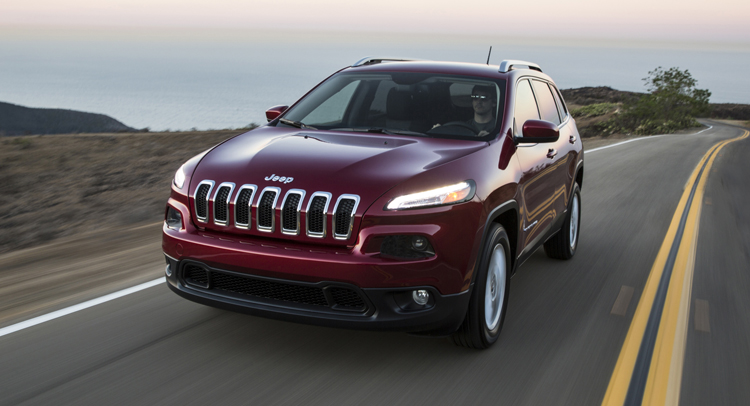A 2014 Jeep Cherokee needed a new engine after covering just 13,300 miles (21,404 km) as a long-term test car. The SUV was used by Cars.com, whose editors noticed that the Cherokee’s 2.4-liter four-cylinder gasoline engine stalled multiple times, a few days before its scheduled maintenance visit for an oil change.
After mechanics checked the engine, they took the radical decision of replacing it. The reason for that was that “excessive amounts of oil had crept into the intake side of the engine, coating the intake manifold, hoses and an engine management sensor,” according to Cars.com’s report.
This was a major infiltration, as oil drained from the intake manifold partially filled a cereal-bowl-sized plastic dish. Oil had covered the Manifold Absolute Pressure sensor, a vacuum sensor used to communicate fueling information to the engine’s computer, as well as the insides of the engine’s crankcase ventilation hoses. The Cherokee’s engine was approximately 2.5 quarts low from the manufacturer-required 5.5-quart capacity.
There hasn’t been a report of a similar fault in the 2014 Cherokee, so after a series of tests the service decided to replace the engine and ship it back to Jeep for further diagnosis. Cars.com received a new engine along with every air intake part replaced, all free of charge.
“Replacing the engine is a very rare thing to do. The problem could very well be a one-off thing, but it’s something we need to look at, and if we need to change something on the line, we can do that, too,” said Ann Smith, Fiat Chrysler Automobiles U.S. spokeswoman.
A preliminary report from Jeep on the faulty engine said one of the cylinders had lower than expected compression. 40 percent of all 2014 Cherokees sold are equipped with the 184-hp 2.4-liter engine, which means that if the issue encountered by Cars.com proves to be more than an isolated case, Jeep could have a big problem on its hands.









